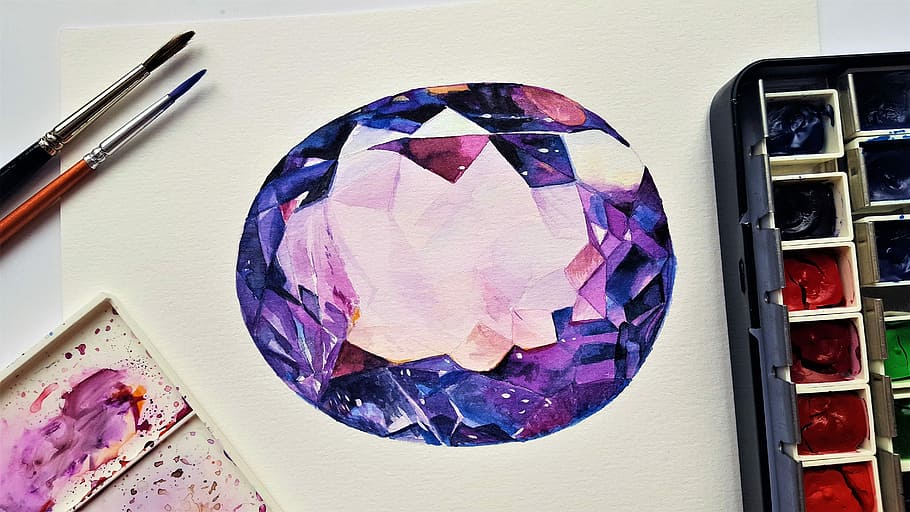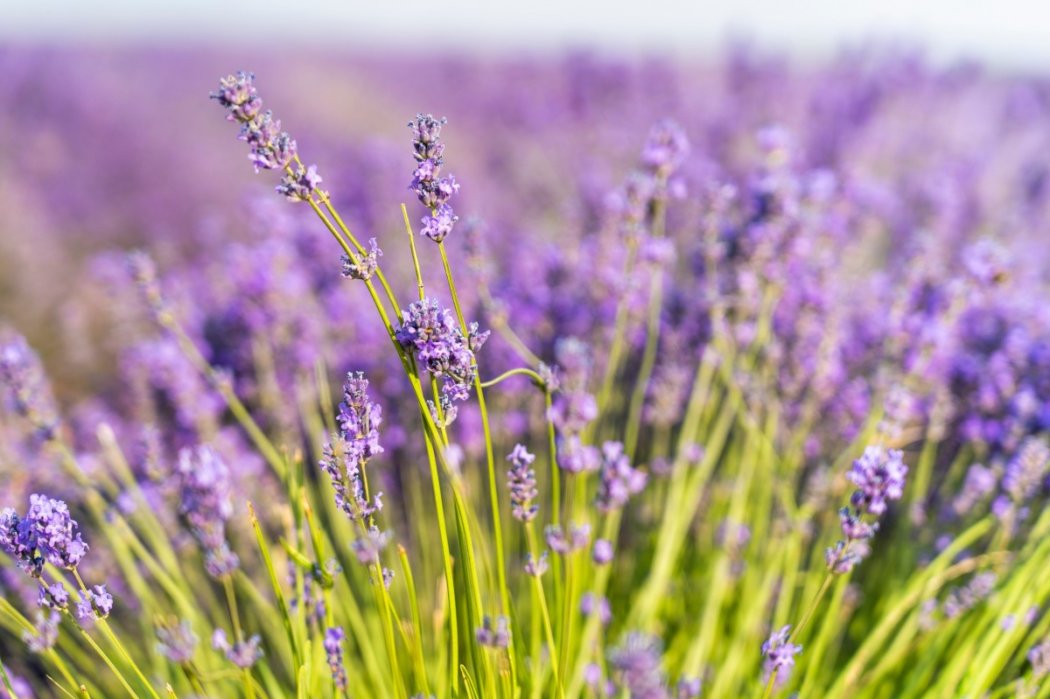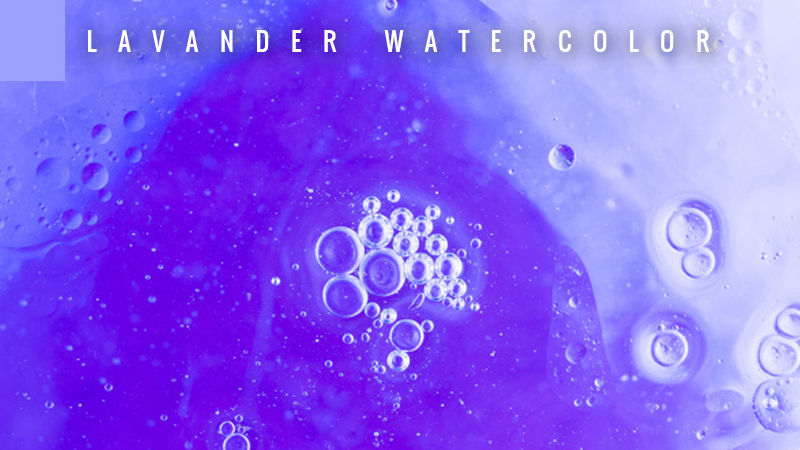How to Use Lavender Watercolor in Art History and Design
In this article, we will talk about lavender watercolor and how to use it in your next art project.
Running out of color ideas for your next art project? Red is way too heavy. Blue can be a bit dreary.
Purple can be challenging. So, what’s the next bet?
If you’re eyeing to create something that is both soothing and energizing, going for a lavender watercolor could be your best option.
Although often overshadowed by its more popular variants, such as purple, violet, and magenta, there’s something about lavender that makes it an absolute must-try for any artist.
Maybe it’s because of its meek charm that suggests innocence and purity. Or, perhaps, it’s because of its rare beauty, that connotes mystery and royalty.
If you’re a budding artist who wants to explore every hue in your palette, dedicating your time to understanding and appreciating the color lavender will benefit you in the long run.
Below, we have prepared a comprehensive guide that will help you get familiar with this color and come up with the best ideas to use in your next artwork.
Read on …
What Is Lavender?
For many, hearing the term “lavender” suggests two possible meanings: a flower and a color. Interestingly, these two things are interconnected.
In fact, the color got its title from the flower of the same name. This is because the lavender plant served as the original standard for how the color lavender should look.
However, to date, different variations of color have been introduced, including lavender gray, lavender blush, and lavender blue.
In its simplest definition, lavender is described as a lighter version of purple.
To make the color, you’ll have to mix blue, red, and white in varying proportions until you achieve the tone you’re looking for.
Meanings of Lavender
Similar to purple, lavender carries a broad range of meanings.
Specifically, since the flower of the same name blooms in summer and spring, the color lavender has been recognized as a symbol of vitality and innocence – a memento of hot, summer days when energetic youths explore the world and make the most out of their innocent wanderings.
Like the untamed wild herb, the color suggests vivacity and growth: a natural beauty that persists in the wild.
In Christian culture, lavender has been associated with Easter, a link that makes the color a figure for new beginnings.
Unlike purple and violet, which present a certain degree of darkness, lavender finds its edge in its lightness.
Due to this feature, it has also been associated with tranquility and comfort. It is barely seen yet it remains there; thus, making it a perfect symbol for a restful state of mind devoid of worries.
This association even finds more weight given that the flower lavender is also known for its aromatherapy uses.
Since the hue also exemplifies a balanced mix that makes the color almost neutral, it is not tied to only one gender.
In fact, lavender possesses masculine qualities that typically invoke royalty and mystery.
On the other hand, it is also linked to a few feminine traits, which stem from its connection with springtime and innocence.
Due to these meanings, lavender makes for a great color choice when creating a piece of art.
Not only could it help highlight your message, creating the vibe you’re after, but it also has the ability to soothe the minds of your viewers helping to make your creation pleasing to the eye.
Tips When Using Lavender Watercolor
Of course, simply using lavender in your art won’t automatically lead to a fair result.
Depending on how you’re going to take advantage of the color, you can come up with a jaw-dropping creation that will perfectly communicate the thoughts and emotions you want to share with the world.
First of all, just like any other pigment, lavender doesn’t complement all other colors.
In fact, there are only a few that can be used alongside it. Among the best options include the colors white, orange, lime green, warm brown, beige, and grey.
Specifically, when paired with white, lavender can help you achieve a clean, minimalistic, and impeccable design.
Meanwhile, when paired with warm brown, orange or beige, lavender can grant you a natural, humble, and sustainable vibe.
As for lime green, using it alongside lavender will grant the latter a touch of vibrancy that is not too loud yet also not too boring.
The Bottom Line
Satisfied with what you’ve learned about the color lavender? Whatever creative project you might have on your mind, utilizing lavender watercolor will help you achieve a soothing and pleasing product.
Want to know more? Get ahead in the game. Experiment with your art using lavender today!
Read Latest Posts

Hi, I'm Anthony Tran! Welcome to my site. I live in Arizona and am obsessed with all things related to building an Online Business and working from home. Learn about my journey here.
Follow Online





